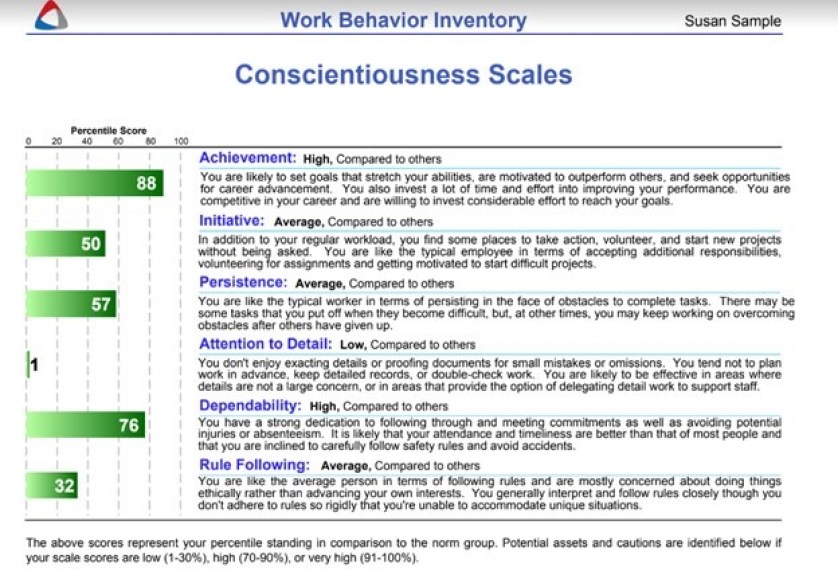This week we have a very special guest blogger, Cassie Shropshire, with the Alabama Department of Rehabilitation Services (ADRS)!
This year made the 33rd anniversary of The Americans with Disabilities Act (ADA). The act is a federal civil rights law that prohibits discrimination against people with disabilities in everyday life activities. The ADA guarantees that people with disabilities have the same opportunities as everyone else to enjoy employment opportunities, purchase goods and services, and participate in state and local government programs. Just four years after the ADA was signed into law, the Alabama Legislature created a state agency that would be committed to serve Alabamians with disabilities throughout their lifespan. That state agency is known as the Alabama Department of Rehabilitation Services (ADRS). ADRS has a “continuum of care approach, meaning that there is help at every stage of a person’s life. Their mission is to enable children and adults with disabilities to achieve their maximum potential.
ADRS has four different programs to support their continuum of care approach with their Vocational Rehabilitation Service (VRS) program being its largest program. VRS provides specialized employment and education related services and training to youth and adults with disabilities, helping them attain their employment goals. These employment services and trainings are available throughout the entire state. Each year VRS helps thousands of individuals with disabilities across the state of Alabama with college sponsorship, training program, and obtain employment. This also includes insuring that these individuals receive employment and educational accommodations needed to guarantee success in the classroom and on the job. Not only does VRS provides services to individuals with disabilities, but the program has a special team of Business Relations Consultants that work directly with employers with recruitment, cost-saving incentives including tax credits, employment retention/disability, no-cost disability related trainings, technical assistance, and help with accommodations and accessibility guidance on the Americans with disabilities Act and other legislation.
I know you’re thinking WOW, what an amazing agency! These programs sound great! Why haven’t I heard about this organization before? I always tell people that we are the best kept secret in the state of Alabama and that our services are underutilized. I have worked with ADRS for 9 ½ years, currently working as a Business Relations Consultant. I will admit that being in this role has been one of the most fulfilling, yet challenging roles that I’ve ever been in. I’ve been able to see so many people have access to employment and accommodations, but I’ve also experienced closed minds and doors to potential job candidates because they weren’t considered ideal. However, as a Business Relations Consultant, our team works daily to show how hiring people with disabilities is the best choice a business can make. My favorite success story that I like to share with people when they ask me about some of the harder cases I’ve worked, is the story of a brilliant autistic young man who was told he would never work because he was nonverbal. After working to determine his needs and partnering with a company that was open to hiring people with disabilities despite their challenges, that young man is now gainfully employed fulltime with benefits. I’ve been afforded the opportunity to train businesses on disability etiquette, hiring dos and don’ts for people with disabilities, and the current hot topic of how to hire and support Neurodiversity in the workplace. Thankfully in the Huntsville area and more areas across the state, we are beginning to see a shift in thinking and more people with disabilities are going to work.
Are you a business wanting to hire more people with disabilities, or make your workplace more diverse, equitable, and inclusive? Then you should tap into the no cost resources available to you through the Alabama Department of Rehabilitation Services. We are eager to partner with you and fulfill your labor needs.
Cassie Shropshire, MS, CRC, LPC
Business Relations Consultant
Alabama Department of Rehabilitation Services
cassie.shropshire@rehab.alabama.gov







